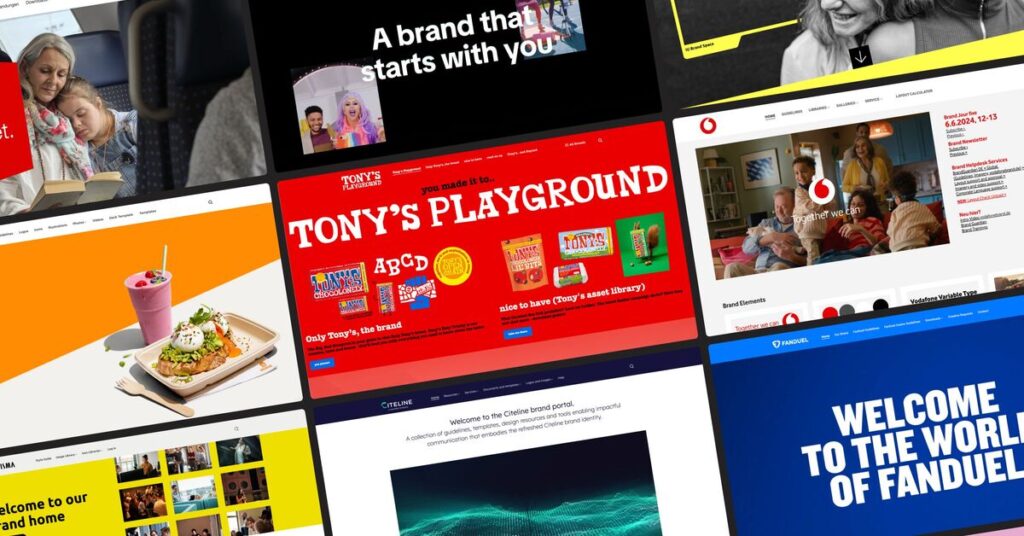Smart phones are everywhere. Over a billion people have smartphones in their pockets, purses, or hands. But having a phone is not enough. People want to feel special and appreciated by the companies they buy from. That’s why customer service is so important. It’s not just about being nice and helpful. It’s about making each user feel like they matter. That’s why many brands are trying to make their products and services more personalized so that they can fit the needs and preferences of each user. Let’s explore the dynamic landscape of hyper-personalization in the mobile industry, unraveling its evolution, impact, and strategic moves of app developers, device manufacturers, and network providers.

Building Brands in the Age of Individuality
In the digital age, consumers expect experiences that transcend generic offerings. They crave relevance, recognition, and the feeling of being truly understood. In the fiercely competitive mobile landscape, brands that fail to cater to this individualistic landscape risk losing relevance and loyalty. This is where hyper-personalization emerges as a transformative force, offering brands a powerful tool to forge deeper connections with their audience and build resilient, meaningful relationships.

Beyond Recognition, Towards Resonance
Traditional personalization, while valuable, often falls short of capturing the full spectrum of a user’s desires and aspirations. Hyper-personalization elevates the game by leveraging real-time data, advanced analytics, and AI to create bespoke experiences that resonate on a deeper, emotional level. Imagine fitness apps anticipating your workout needs based on your daily energy levels and emotional state, or streaming services curating movie recommendations that mirror your current mood. This is the kind of individualized magic hyper-personalization unlocks.
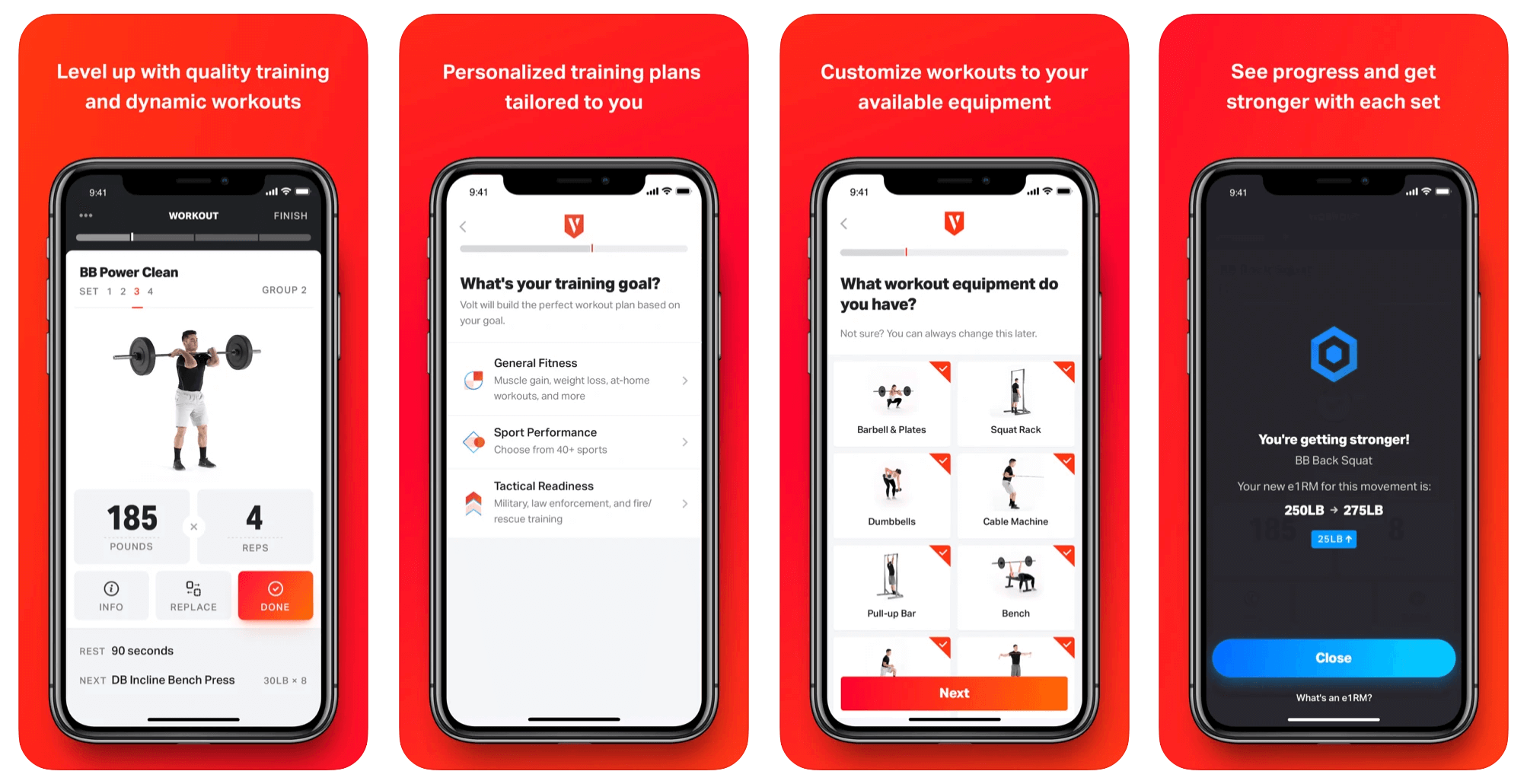
Orchestrating a Hyper-Personal Experience
Hyper-personalization is a brand strategy that involves creating a harmonious experience for the user, with the help of various players. Device manufacturers help by offering app discovery platforms that suggest apps that suit the user’s preferences and behavior. Mobile network operators help by facilitating the smooth collection and transmission of data, which allows brands to understand and meet the user’s needs in real time. This creates a system that connects the user with the brand in a meaningful way.
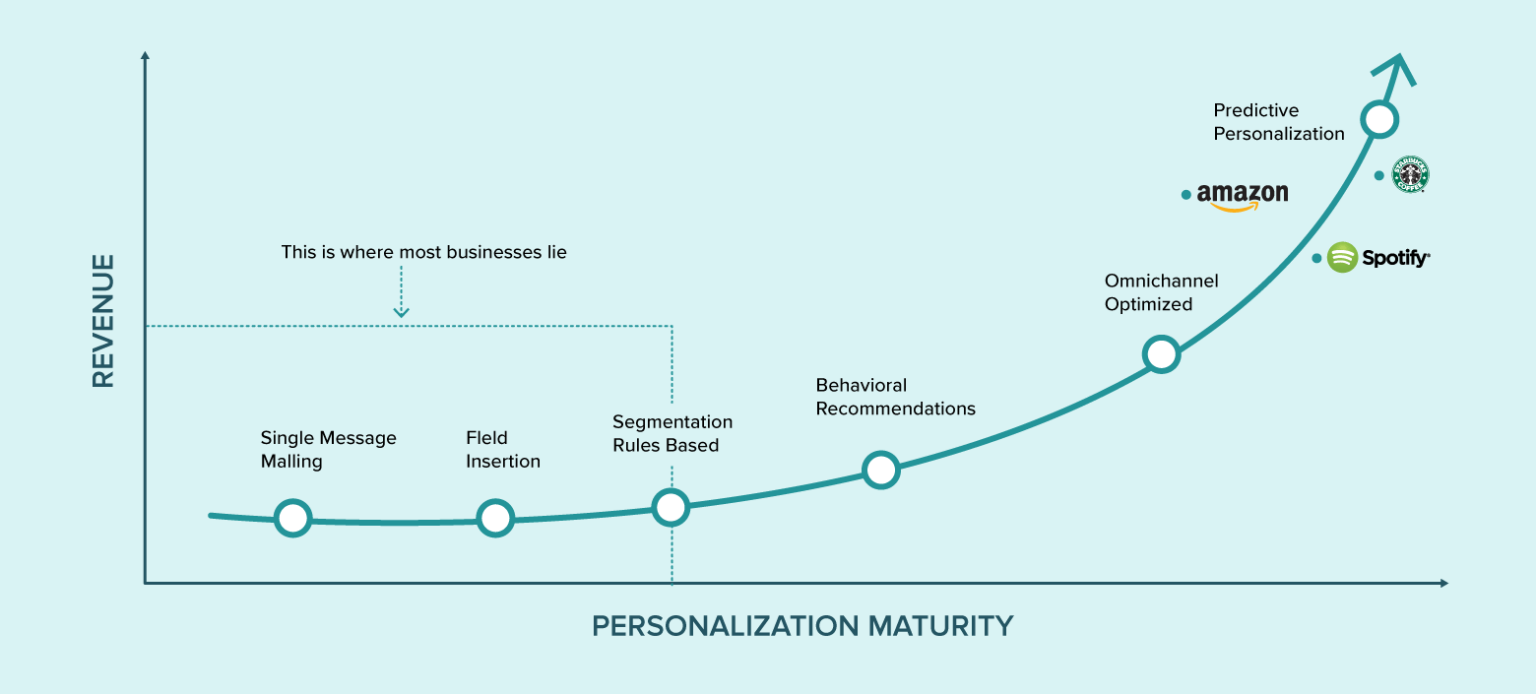
The Race for Hyper-Personalization
Companies are exploring innovative ways to engage with users on a personal level. For example, streaming services like Netflix use vast quantities of data and AI algorithms to ensure their viewing recommendations match the thought processes of users.

In the future, content providers will achieve even more symbiotic user relationships by personalizing the user’s experience of the product itself. Advanced tools like facial recognition software that can decipher users’ emotions to make highly accurate recommendations are being explored. Another potential format is responsive content, which reacts to users in real time, potentially altering or fast-forwarding content to keep the viewer’s interest.
Hyper-Personalization in Fintech and Health & Wellness Apps
Fintech apps are effectively using granular user insight to disrupt the financial services industry. In developing economies, where there is less of an entrenched physical banking system, finance apps have been employing hyper-personalization techniques to great effect.

Health & wellness apps are also at the forefront of using granular-level data to accomplish hyper-personalization. Several leading apps offer customized streaming workouts that take into account the most detailed health and fitness data of individual users. Mobikwik utilized personalized and triggered messaging across the customer journey to enhance their services. The company segmented users based on the due dates for their utility bills and sent them timely reminders to pay through the app. Mobikwik has also automated welcome campaigns to educate new users about the app’s key features and make their navigation easier. As a result, the app’s user engagement doubled, and Mobikwik’s user retention increased by 20%.

The Role of Device Manufacturers and Mobile Operators
An interesting aspect of the global hyper-personalization drive is visible not just in the progress made by app developers. Device manufacturers and mobile operators are also instrumental in facilitating a customized smartphone experience because of the role they play in app discovery. Partnerships between app developers and third-party discovery platforms have been critical in broadening an app’s reach, enhancing brand awareness, and growing customer satisfaction by providing personalized recommendations and real-time insights into user behavior.
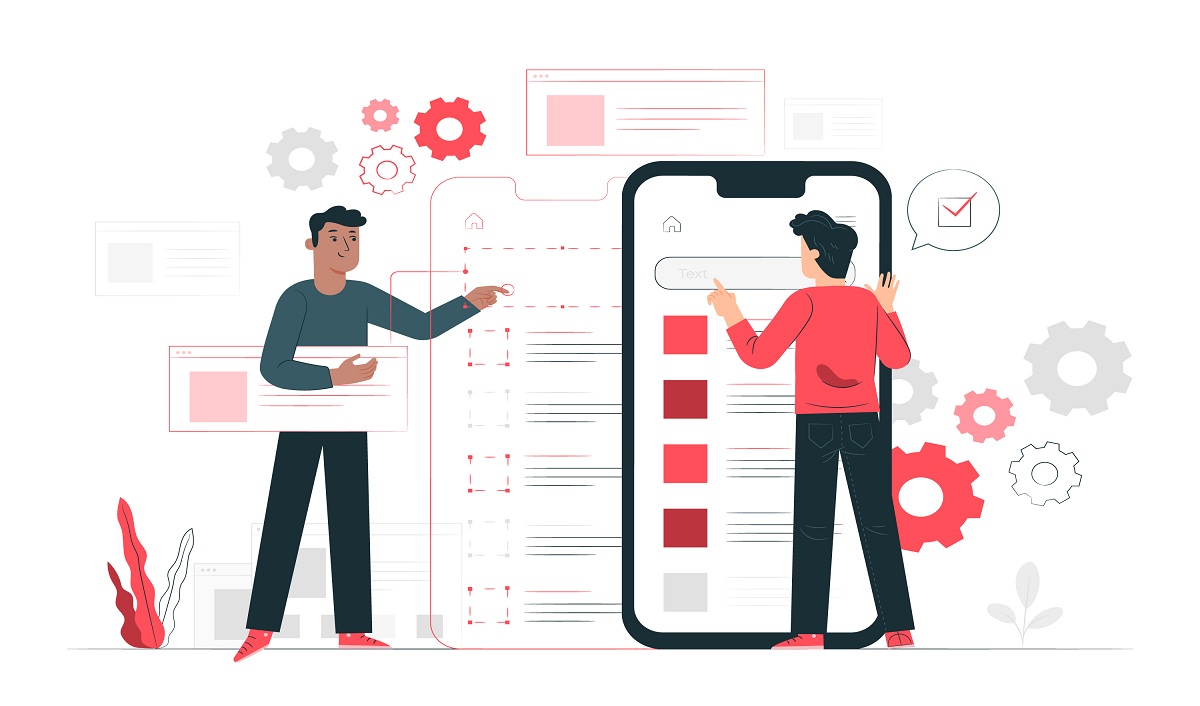
Brands Leading the Way
Let’s explore how industry leaders are leveraging hyper-personalization to forge brand loyalty:

Amazon: Their recommendation engine, a symphony of data points, crafts bespoke shopping experiences that convert over 35% of customers. It’s like having a personal shopper whisper deals and recommendations that speak directly to each user’s individual needs and desires.
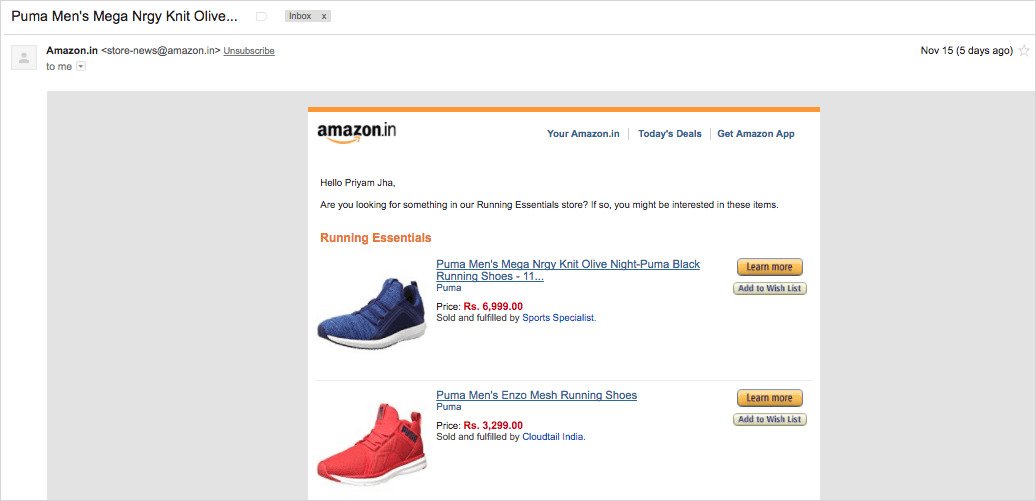
Starbucks: Utilizing real-time data, they send hundreds of thousands of hyper-personalized offers, doubling email redemptions and boosting brand engagement. Their personalized loyalty program games and location-based offers further strengthen the connection with their customers, solidifying Starbucks as a brand that truly understands its audience.
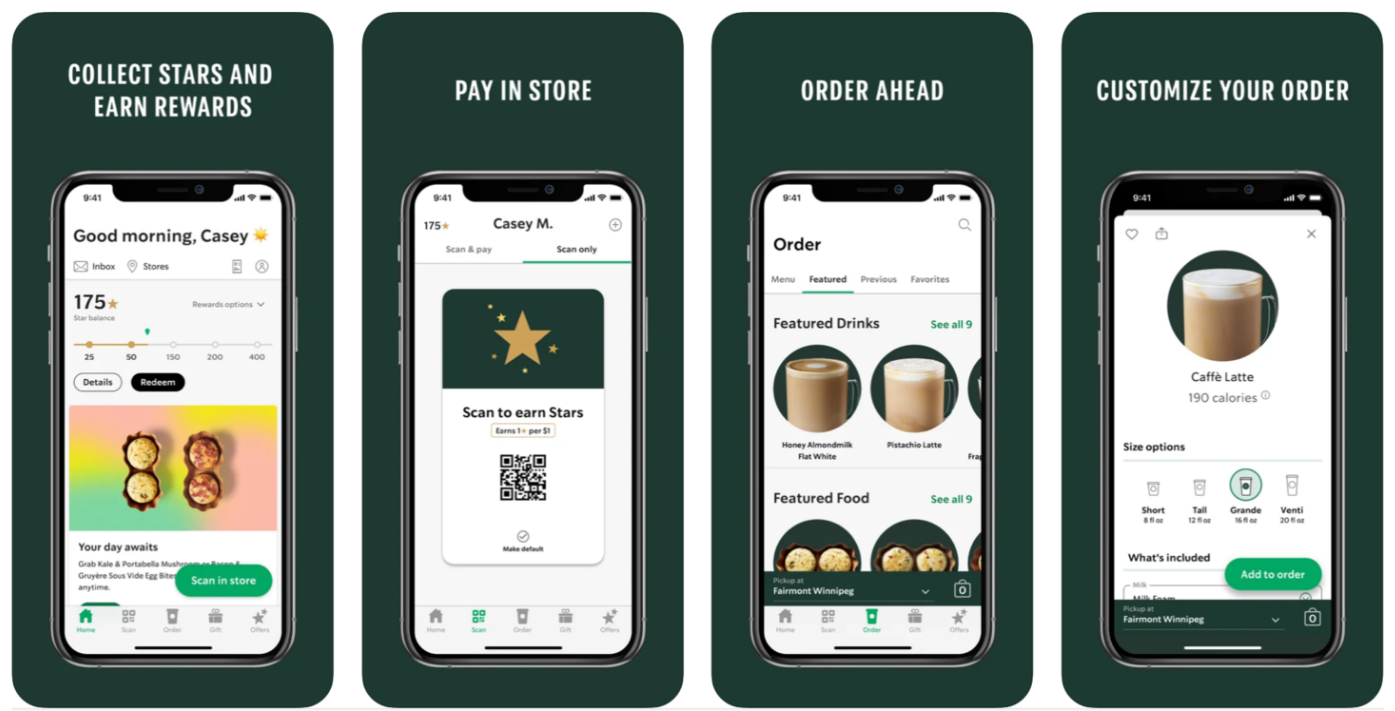
Spotify: Their “Discover Weekly” playlist isn’t just random tunes. It’s a musical mind-meld, analyzing your taste and those similar to you, to create a playlist that feels like an extension of your identity. This level of individual understanding builds brand affinity and makes Spotify a go-to app for music lovers seeking a truly personal experience.
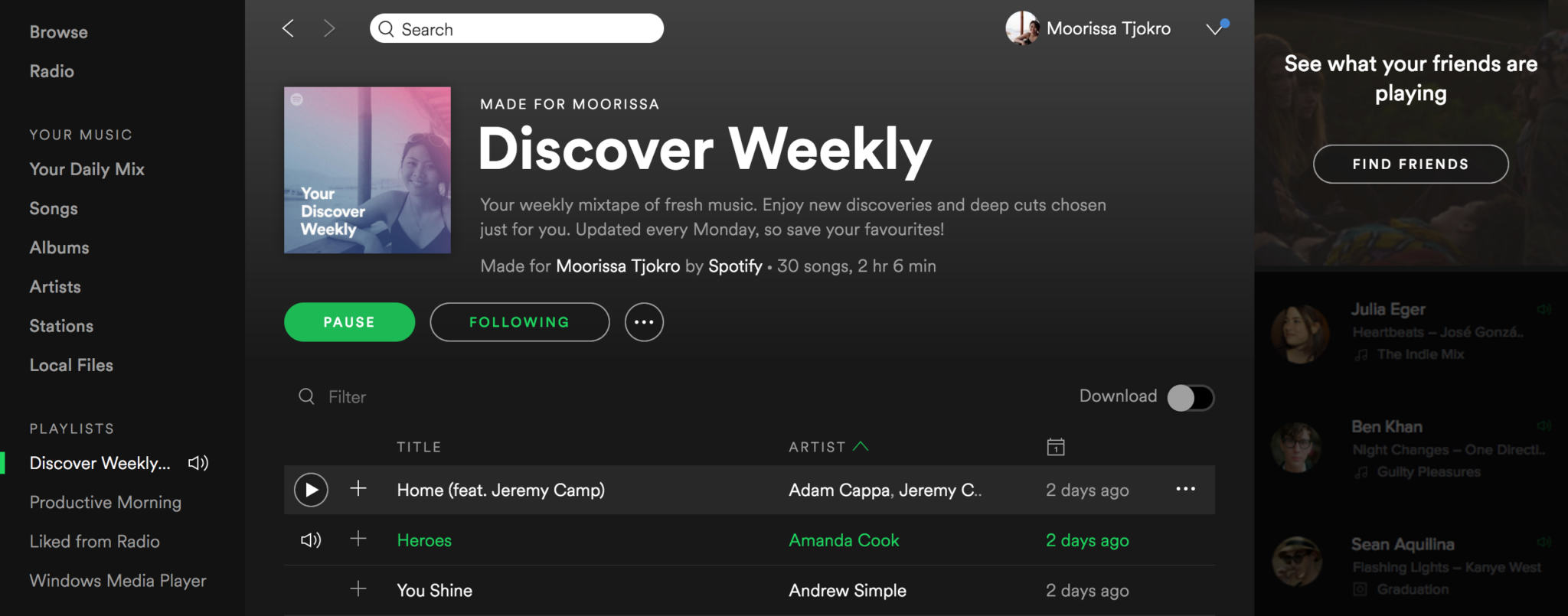
The Future of Hyper-Personalization for Meaningful Brands
Hyper-personalization is reshaping the mobile industry, transcending traditional boundaries and setting new standards for user engagement. From streaming services pioneering personalization norms to device manufacturers contributing to app customization, the hyper-personalization revolution is underway. Advertisers and marketers embracing this paradigm shift unlock the power of personalized campaigns, ensuring relevance and resonance. As top brands lead the charge, hyper-personalization emerges as the future of digital marketing, catering to the evolving expectations of consumers seeking unique, tailored experiences.
